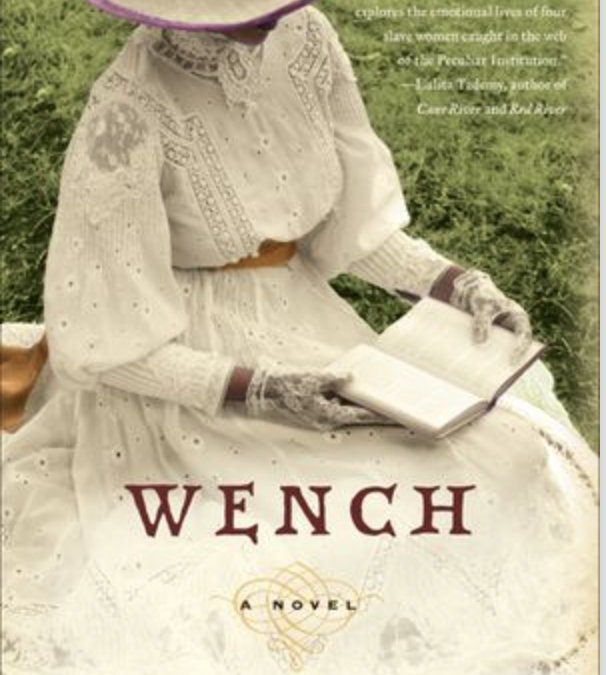History is not what happens around us. It is the things remembered by those who write it down. While reading Wench by Dolen Perkins-Valdez, this fact struck me full force once again. This novel, about the relationships between slaves, is set in the free state of Ohio, at a resort called Tawawa House, near the city of Xenia (pronounced like the flower). The summer vacation spot flowed with healing waters and attracted both Northerners and Southerners. Because the Southerners brought their slaves, even sharing cabins with their slave mistresses, it became uncomfortable for the Northern guests and the resort closed after four years of operation.
I lived in Yellow Springs, Ohio for seven years, only 9.2 miles away from Xenia (11 minutes according to Google) and I never heard this piece of history. I did hear that there were resorts in former times because many believed the water had healing powers. Benefits from the waters were hard to imagine in modern times since the water smelled acrid and ruined the pipes in our houses. I traveled to Xenia weekly for errands but never knew if its connection to slavery.
Today Wilberforce University, self-described as an African Methodist Episcopal Church University, is on the site. An online search led me to a copy of the Ohio Historical Marker whose text explains how the land came to be owned by the University. (See: http://www.hmdb.org/marker.asp?marker=14058for more information.) I feel connected to the history because I am connected to the place, but it took a novel to tell me its history.


